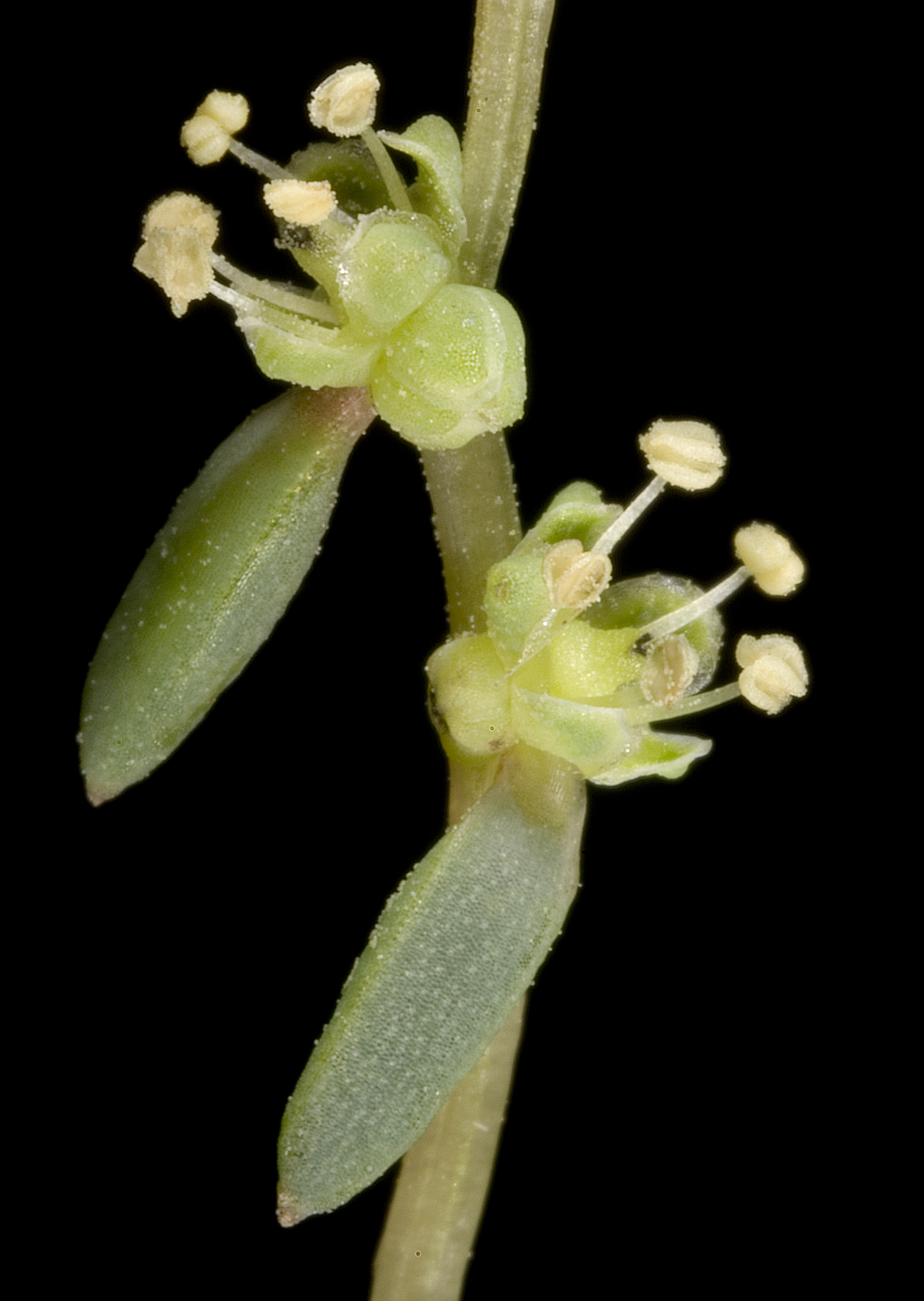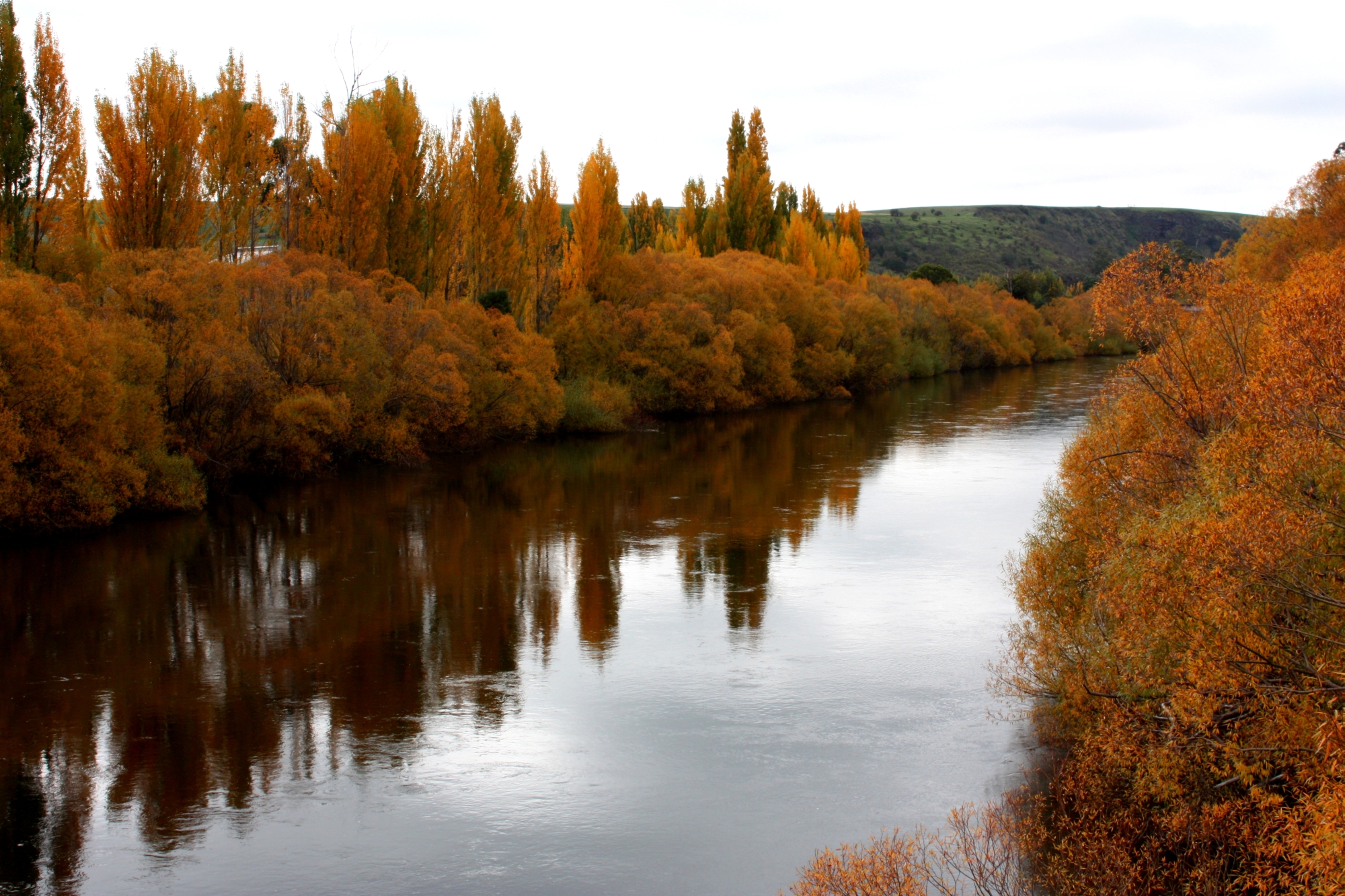|
Suaeda Australis
''Suaeda australis'', the austral seablite, is a species of plant in the family Amaranthaceae, native to Australia.It was first described in 1810 by Robert Brown as ''Chenopodium australe''. In 1831 Alfred Moquin-Tandon transferred it to the genus, ''Suaeda'', to give its present name. Description It grows to in height, with a spreading habit and branching occurring from the base. The leaves are up to 40 mm in length and are succulent, linear and flattened. They are light green to purplish-red in colour. The species occurs on shorelines in coastal or estuarine areas or in salt marshes. It is native across Australia including the states of Queensland, New South Wales, Victoria, Tasmania, South Australia and the south-west of Western Australia. In irrigated areas, the species is known as a salinity indicator plant and is referred to as redweed. References External linksOnline Field guide to Common Saltmarsh Plants of Queensland [...More Info...] [...Related Items...] OR: [Wikipedia] [Google] [Baidu] |
Chenopodium
''Chenopodium'' is a genus of numerous species of perennial or annual herbaceous flowering plants known as the goosefoot, which occur almost anywhere in the world. It is placed in the family Amaranthaceae in the APG II system; older classification systems, notably the widely used Cronquist system, separate it and its relatives as Chenopodiaceae, but this leaves the rest of the Amaranthaceae polyphyletic. However, among the Amaranthaceae, the genus ''Chenopodium'' is the namesake member of the subfamily Chenopodioideae. Description The species of ''Chenopodium'' (s.str., description according to Fuentes et al. 2012) are annual or perennial herbs, shrubs or small trees. They generally rely on alkaline soil. They are nonaromatic, but sometimes fetid (foul-smelling). The young stems and leaves are often densely covered by vesicular globose hairs, thus looking farinose. Characteristically, these trichomes persist, collapsing later and becoming cup-shaped. The branched stems gro ... [...More Info...] [...Related Items...] OR: [Wikipedia] [Google] [Baidu] |
Victoria (Australia)
Victoria, commonly abbreviated as Vic, is a States and territories of Australia, state in southeastern Australia. It is the second-smallest state (after Tasmania), with a land area of ; the second-most-populated state (after New South Wales), with a population of over 7 million; and the most densely populated state in Australia (30.6 per km2). Victoria's economy is the List of Australian states and territories by gross state product, second-largest among Australian states and is highly diversified, with service sectors predominating. Victoria is bordered by New South Wales to the north and South Australia to the west and is bounded by the Bass Strait to the south (with the exception of a small land border with Tasmania located along Boundary Islet), the Southern Ocean to the southwest, and the Tasman Sea (a marginal sea of the South Pacific Ocean) to the southeast. The state encompasses a range of climates and geographical features from its temperate climate, temperate coa ... [...More Info...] [...Related Items...] OR: [Wikipedia] [Google] [Baidu] |
Flora Of Tasmania
The biodiversity of Tasmania is of Biology, biological and Paleoecology, paleoecological interest. A state of Australia, it is a large Australasia, South Pacific archipelago of one large main island and a range of smaller islands. The terrain includes a variety of reefs, atolls, small islands, and a variety of Topography, topographical and Edaphology, edaphic regions on the largest island, all of which promote the development of concentrated biodiversity. During long periods geographically and genetically isolated, it is known for its unique flora and fauna. The region's Oceanic climate, climate is oceanic. Evolution The marine fauna of the period, separate from that of the southwest Pacific, was distinguished as the "Maori province". Gondwana began its fragmentation in the middle and upper Jurassic, and the arrival of benthic invertebrate fauna is visible in fossil deposits. The Cretaceous marked the appearance of marine invertebrate fauna of southern origin. It was then that an ... [...More Info...] [...Related Items...] OR: [Wikipedia] [Google] [Baidu] |
Flora Of South Australia
Flora (: floras or florae) is all the plant life present in a particular region or time, generally the naturally occurring ( indigenous) native plants. The corresponding term for animals is ''fauna'', and for fungi, it is '' funga''. Sometimes bacteria and fungi are also referred to as flora as in the terms '' gut flora'' or '' skin flora'' for purposes of specificity. Etymology The word "flora" comes from the Latin name of Flora, the goddess of plants, flowers, and fertility in Roman mythology. The technical term "flora" is then derived from a metonymy of this goddess at the end of the sixteenth century. It was first used in poetry to denote the natural vegetation of an area, but soon also assumed the meaning of a work cataloguing such vegetation. Moreover, "Flora" was used to refer to the flowers of an artificial garden in the seventeenth century. The distinction between vegetation (the general appearance of a community) and flora (the taxonomic composition of a community) ... [...More Info...] [...Related Items...] OR: [Wikipedia] [Google] [Baidu] |
Flora Of New South Wales ...
*''The Flora that are native to New South Wales, Australia''. :*''Taxa of the lowest rank are always included. Higher taxa are included only if endemic''. *The categorisation scheme follows the World Geographical Scheme for Recording Plant Distributions, in which :* Jervis Bay Territory, politically a Commonwealth of Australia territory, is treated as part of New South Wales; :* the Australian Capital Territory, politically a Commonwealth of Australia territory, is treated as separate but subordinate to New South Wales; :* Lord Howe Island, politically part of New South Wales, is treated as subordinate to Norfolk Island. {{CatAutoTOC New South Wales Biota of New South Wales New South Wales New South Wales (commonly abbreviated as NSW) is a States and territories of Australia, state on the Eastern states of Australia, east coast of :Australia. It borders Queensland to the north, Victoria (state), Victoria to the south, and South ... [...More Info...] [...Related Items...] OR: [Wikipedia] [Google] [Baidu] |
Halophytes
A halophyte is a salt-tolerant plant that grows in soil or waters of high salinity, coming into contact with saline water through its roots or by salt spray, such as in saline semi-deserts, mangrove swamps, marshes and sloughs, and seashores. The word derives from Ancient Greek ἅλας (halas) 'salt' and φυτόν (phyton) 'plant'. Halophytes have different anatomy, physiology and biochemistry than glycophytes.Physiology of halophytes, T. J. FLOWERS, Plant and Soil 89, 41–56 (1985) An example of a halophyte is the salt marsh grass ''Spartina alterniflora'' (smooth cordgrass). Relatively few plant species are halophytes—perhaps only 2% of all plant species. Information about many of the earth's halophytes can be found in thhalophytedatabase. The large majority of plant species are glycophytes, which are not salt-tolerant and are damaged fairly easily by high salinity. Classification Halophytes can be classified in many ways. According to Stocker (1933), it is mainly of ... [...More Info...] [...Related Items...] OR: [Wikipedia] [Google] [Baidu] |
Caryophyllales Of Australia
Caryophyllales ( ) is a diverse and heterogeneous order of flowering plants with well-known members including cacti, carnations, beets, quinoa, spinach, amaranths, pigfaces and ice plants, oraches and saltbushes, goosefoots, sundews, Venus flytraps, monkey cup pitcher plants, Malabar spinach, bougainvilleas, four o'clock flowers, buckwheat, knotweeds, rhubarb, sorrel, portulacas, jojoba, and tamarisks. Many members are succulent, having fleshy stems or leaves. The betalain pigments are unique in plants of this order and occur in all its core families with the exception of Caryophyllaceae and Molluginaceae. Noncore families, such as Nepenthaceae, instead produce anthocyanins. In its modern definition, the order encompasses a whole new group of families (formerly included in the order Polygonales) that never synthesize betalains, among which several families are carnivorous (like Nepenthaceae and Droseraceae). According to molecular clock calculations, the lineage that ... [...More Info...] [...Related Items...] OR: [Wikipedia] [Google] [Baidu] |
Australasian Virtual Herbarium
The ''Australasian Virtual Herbarium'' (AVH) is an online resource that allows access to plant specimen data held by various Australian and New Zealand herbaria. It is part of the Atlas of Living Australia (ALA), and was formed by the amalgamation of ''Australia's Virtual Herbarium'' and ''NZ Virtual Herbarium''. As of 12 August 2014, more than five million specimens of the 8 million and upwards specimens available from participating institutions have been databased. Uses This resource is used by academics, students, and anyone interested in research in botany in Australia or New Zealand, since each record tells all that is known about the specimen: where and when it was collected; by whom; its current identification together with the botanist who identified it; and information on habitat and associated species. ALA post processes the original herbarium data, giving further fields with respect to taxonomy and quality of the data. When interrogating individual specimen reco ... [...More Info...] [...Related Items...] OR: [Wikipedia] [Google] [Baidu] |
Western Australia
Western Australia (WA) is the westernmost state of Australia. It is bounded by the Indian Ocean to the north and west, the Southern Ocean to the south, the Northern Territory to the north-east, and South Australia to the south-east. Western Australia is Australia's largest state, with a land area of , and is also the List of country subdivisions by area, second-largest subdivision of any country on Earth. Western Australia has a diverse range of climates, including tropical conditions in the Kimberley (Western Australia), Kimberley, deserts in the interior (including the Great Sandy Desert, Little Sandy Desert, Gibson Desert, and Great Victoria Desert) and a Mediterranean climate on the south-west and southern coastal areas. the state has 2.965 million inhabitants—10.9 percent of the national total. Over 90 percent of the state's population live in the South-West Land Division, south-west corner and around 80 percent live in the state capital Perth, leaving the remainder ... [...More Info...] [...Related Items...] OR: [Wikipedia] [Google] [Baidu] |
South Australia
South Australia (commonly abbreviated as SA) is a States and territories of Australia, state in the southern central part of Australia. With a total land area of , it is the fourth-largest of Australia's states and territories by area, which includes some of the most arid parts of the continent, and with 1.8 million people. It is the fifth-largest of the states and territories by population. This population is the second-most highly centralised in the nation after Western Australia, with more than 77% of South Australians living in the capital Adelaide or its environs. Other population centres in the state are relatively small; Mount Gambier, the second-largest centre, has a population of 26,878. South Australia shares borders with all the other mainland states. It is bordered to the west by Western Australia, to the north by the Northern Territory, to the north-east by Queensland, to the east by New South Wales, to the south-east by Victoria (state), Victoria, and to the s ... [...More Info...] [...Related Items...] OR: [Wikipedia] [Google] [Baidu] |
Tasmania
Tasmania (; palawa kani: ''Lutruwita'') is an island States and territories of Australia, state of Australia. It is located to the south of the Mainland Australia, Australian mainland, and is separated from it by the Bass Strait. The state encompasses the main island of Tasmania, the List of islands by area#Islands, 26th-largest island in the world, and the List of islands of Tasmania, surrounding 1000 islands. It is Australia's smallest and least populous state, with 573,479 residents . The List of Australian capital cities, state capital and largest city is Hobart, with around 40% of the population living in the Greater Hobart area. Estimated resident population, 30 June 2017. Tasmania is the most decentralised state in Australia, with the lowest proportion of its residents living within its capital city. Tasmania's main island was first inhabited by Aboriginal Australians, Aboriginal peoples, who today generally identify as Palawa or Pakana. It is believed that Abori ... [...More Info...] [...Related Items...] OR: [Wikipedia] [Google] [Baidu] |






